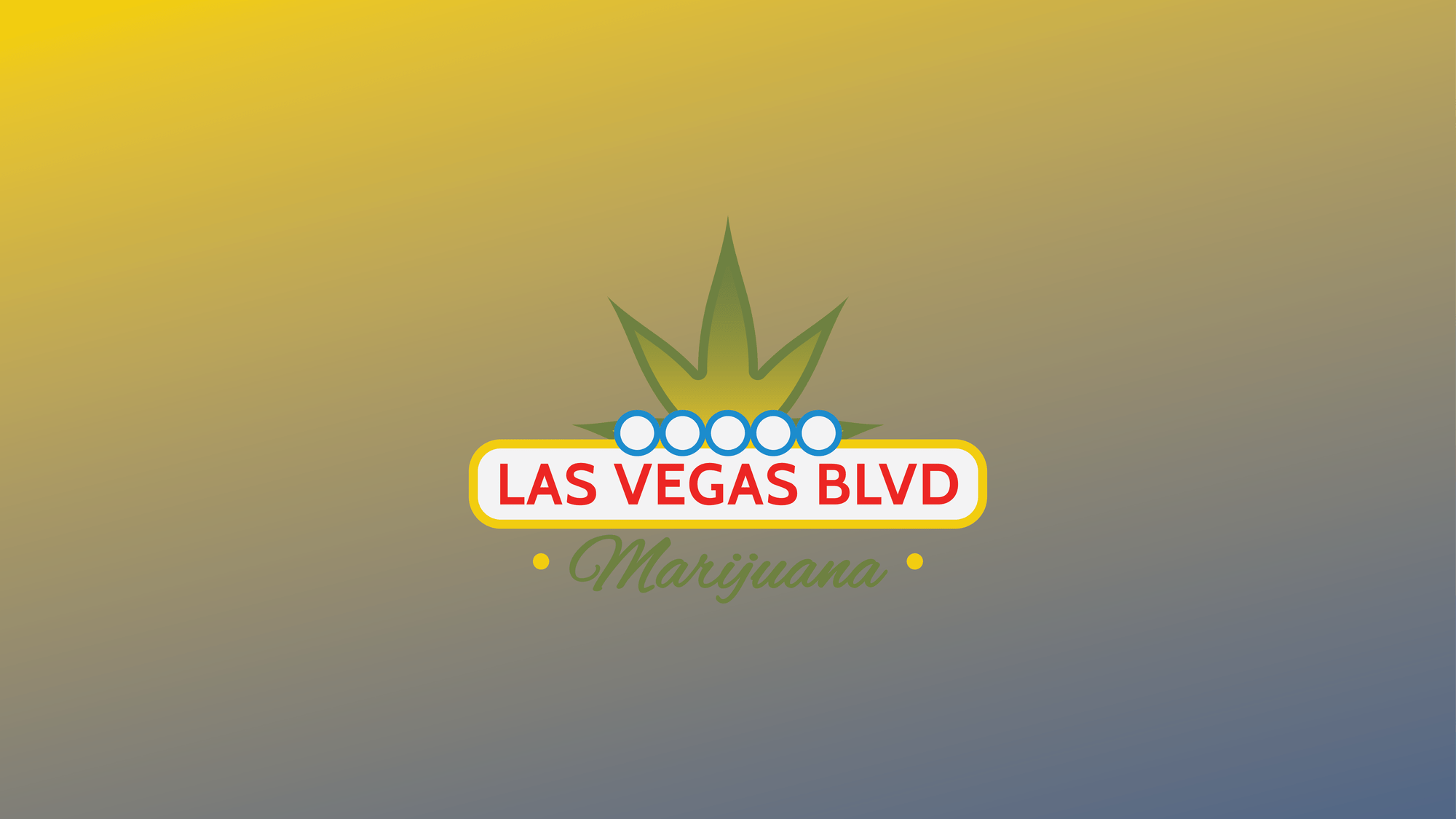Cannabis drinks live in the “edibles” family, just delivered in liquid form. In regulated markets, they follow the same potency rules as other edibles: most states cap products at 10 mg THC per serving and 100 mg per package. California’s rules spell that out explicitly, and Nevada mirrors the 10-mg-per-serving framework while requiring resealable, clearly demarcated servings for liquid edibles. In short: a “sessionable” can is often 2–5 mg per serving, while higher-dose shots exist but still sit under a 100-mg package cap.
What does that potency feel like? Because many beverages use emulsified cannabinoids, consumers commonly report a faster onset than gummies or brownies. Harvard Health notes some people feel effects in roughly 15–20 minutes, versus 30–90 minutes for traditional edibles—useful for pacing the night and avoiding the “I don’t feel it, I’ll take more” trap. That faster feedback loop makes low-dose drinks (2–5 mg) particularly approachable for social settings.
Are beverages a good alternative to other products? For anyone avoiding smoke or vapor, yes—they’re discreet, lung-friendly, and offer consistent dosing with fewer calories than many confections. Drinks also make it easier to “nurse” a dose across an hour like one would a light beer. That said, consumers should treat them with the same respect as any edible: start low, wait for the onset, and avoid stacking doses too quickly. Regulators classify beverages as edibles and have flagged serving-measurement clarity as a lingering concern, particularly on multi-serve cans; look for packages with clear serving lines or an included measuring device.
Market traction is real but still early. Retail data firms place beverages at roughly 1–3% of legal cannabis sales across many U.S. markets, yet the category is expanding and drawing new consumers who want a controllable, alcohol-free “social buzz.” Industry reporting estimates THC-drink sales surpassed $1 billion in the U.S. in 2024, with additional growth expected as on-premise formats (e.g., on-tap) roll out and standards improve.
One complicating wrinkle: hemp-derived THC drinks sold outside dispensaries. These products have proliferated in bars and convenience retail, creating uneven potency, labeling, and age-gate standards from state to state. Lawmakers in several states are tightening rules or restricting sales, so consumers and retailers should check local regulations before positioning hemp beverages as a universal alternative.
Bottom line: cannabis beverages are genuinely potent—just governed by the same serving limits as other edibles. They shine as a smoke-free, easy-to-dose option with a quicker perceived onset, making them a credible alternative to both gummies and alcohol for many adults. Choose low-dose formats to dial in your comfort zone, confirm serving lines, and give each serving time to work before pouring another.




